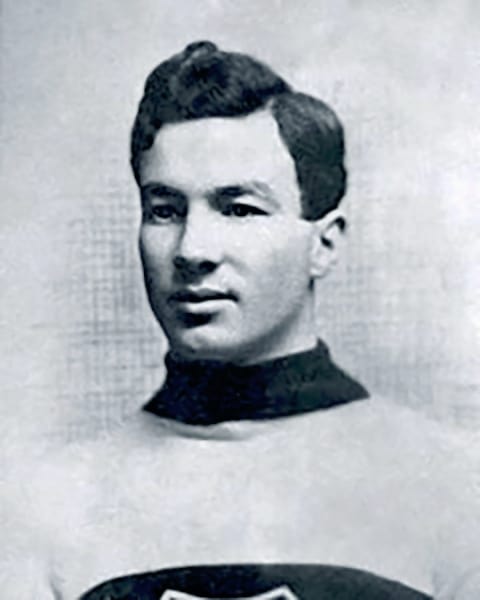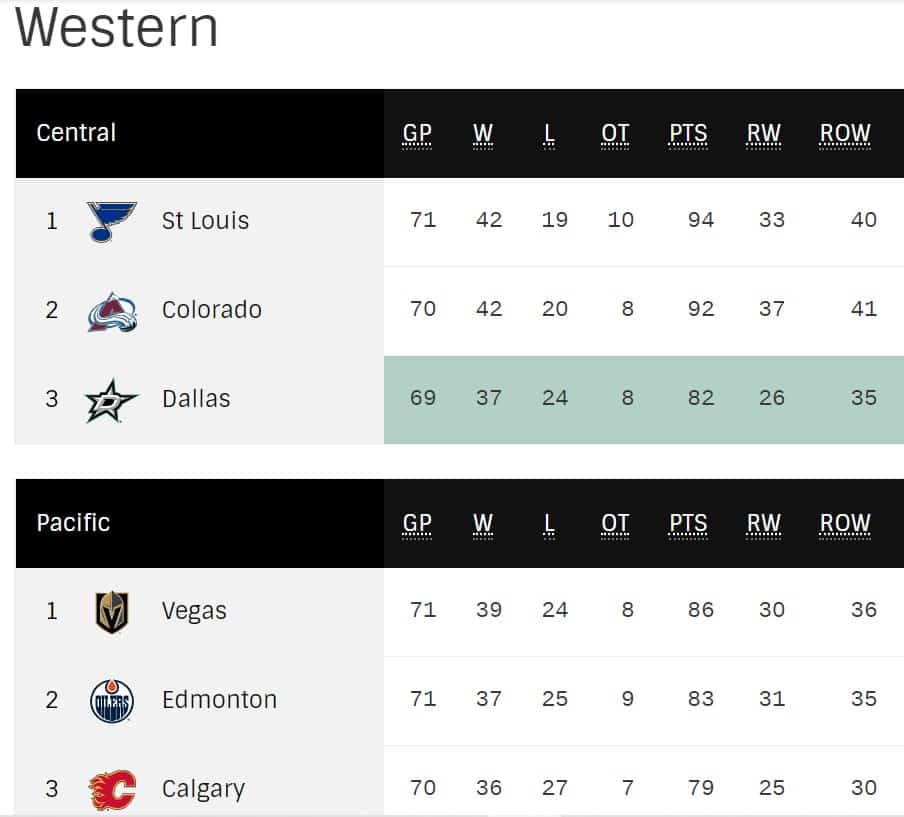Many sports judge their players by how many points they score, home runs they hit, or stops they make. But how do hockey players get points?
Hockey players get points by scoring a goal or getting an assist on a goal scored by another player. Hockey players are awarded 1 point for scoring a goal, and 1 point for assisting on a goal. At their discretion, the official scores can record a goal with 1, 2, or no assists.
Both players and team can earn points from a game. What is the difference?
How are Points Given in Hockey?
As I mentioned, players get points from scoring goals or assisting in a goal. Fans often think the number of goals equals the number of points a player has accumulated. This is not the care. There is always a points race every season to see who can get the most points. The Hart Memorial Trophy is handed out to the most valuable player in the league, but arguably a more coveted trophy is the Art Ross.
Most people think the player with the highest number of goals after 82 games is the winner of the Art Ross Trophy, but that is incorrect. The Art Ross Trophy is awarded to the player with the most points. Although the winners are heavy scores, they must have assists to help them take home the trophy.
Since 2000, there have only been 4 seasons where the Art Ross has not been handed out to a player with over 100 points in the 82 game season. If you do the simple math, these players must be multiple points per game producers. Outside goalies, these are the players that get paid the most. Conner McDavid, Nikita Kucherov, Patrick Kane, and Sydney Crosby are the names that stand out on the recent list.
The Art Ross Trophy got its name from one of the greatest foundational players, coaches, officials, and GMs. He played from 1905 to 1954 and was inducted into the Hockey Hall of Fame shortly there after. He added so many things to the game of hockey, the NHL named this coveted trophy after him in the 1947- 1948 season.

Is a Hockey Player Graded by how Many Points he has?
Describing how good or valuable players are in the NHL is a complex conversation, just like in most sports. While getting points by scoring goals and giving assists is a good benchmark, there are many other factors that play into grading how a player is performing.
You will hear commentators talk about a player being +5 or -2 for the season, or for a set period of time. This is a more accurate way to ascribe value to players. If they are on the third or fourth line and are expected to shut down top players from the other team, then they should be graded on the appropriate scale.
The plus/minus is calculated by subtracting the number of goals scored while the player is skating on the ice from the number of goals scored by the player’s team while he is skating. The number of players on the ice does not matter in this statistic; both even strength and power plays are counted the same. Penalty kill players are at a disadvantage with this data point since they are on the ice when their team will most likely be scored on.
What is the Point System in the NHL?
Another point system used in hockey is the way teams earn points throughout the season. This question can easily be confused with players earning points because it uses the same method of awarding 1 and 2 points. The teams with the most points in each division make the playoffs, along with 2 wildcard teams.
When a team wins in regulation, they receive 2 points in the standings. If they win in overtime, they receive 1 point. All games have 3 points available, but usually, only 2 points are given out with the game ending in regulation. In recent years, only 24% of games went to overtime. Shootouts are counted the same as overtime.
How does Overtime Work in the NHL?
When teams have a tied score at the end of 3 periods, regulation is over and overtime begins. The players get a brief rest, and then a 5 minute period begins. This period is a sudden-death period; the first team to score wins and the game is over. Most games end here because of the lack of players on the ice.
Both teams get 3 skaters on the ice with 1 goalie. In the playoffs, the format is different. The NHL wants to keep the integrity of the game intact as much as possible when it counts the most. In the playoffs, overtime play is par for the course regarding time on the ice and player count. It is a 20 minute period, and when someone scores, the game is over. Yes, the game keeps going until until someone scores. You can get 2 and 3 overtimes deep in the playoffs.
If the game remains tied at the end of overtime, the game then moves to a shootout. This section is structured where both teams get 3 shots and whoever makes most out of the 3 wins. Coaches get to take their pick of which 3 players shoot and the order in which they will shoot. If the game is still tied, it goes to a sudden death 1 for 1 shoot out. All players must shoot before they are used again.
If you have talked to a fan who has attended an overtime game, they will explain how electrifying and exciting it was to watch. It is one of the most entertaining few minutes in all of sports. 3 on 3 hockey makes your adrenaline rush because of the odd man opportunities that present themselves. Teams will have their chances to score; it comes down to whos goalie can show up in a big moment.
How Many Points do you Need to Make the Playoffs?
Now that we have gone over acquiring points, how many do you need to move on to the playoffs? While there are no set numbers for getting into the playoffs, there are common goals you can shoot for during the season. If you get over 100 points, there is a good chance you are making the playoffs.
There are a lot of factors that go into points needed to make the playoffs. Depending on how competitive your conference is, you may not need that many to get in. If your conference is very competitive, the points will spread out as teams beat up on each other. If you there is a large spread in talent from top to bottom, the top teams will cruise into the playoffs with well over 100 points.
How do you Read NHL Standings?
NHL standings are basic, but can get a little confusing. Here is an example of the Central and Pacific standings in the Western Conference.

The column headers are as follows:
- GP is Games Played.
- W is Games Won (Regulation or Overtime).
- L is Game Loss.
- OT is Overtime Loss.
- PTS is Total Points.
- RW is Regulation Wins.
- ROW is Overtime and Regulation Wins.
ROW is important is because it is the first tiebreaker in the standings race. Total Points is the first ranking method. The only other confusing column header that could be confusing is L10. The L10 header simply means the “Last 10 Games.” This gives people a good idea of how the team has been performing the last 10 games.
It is important to pay attention to “games played” because sometimes it appears a team has a large advantage on another team a few spots away, but there could be a gap of 5 games between the two teams. If this is the case, the team with lesser games played as a chance to blow by the team ahead of them. The NHL gives 7 days breaks to each team throughout the season as a result of trying to let the player’s bodies recover from the physical play of hockey. This is a new rule the NHL has implemented.
